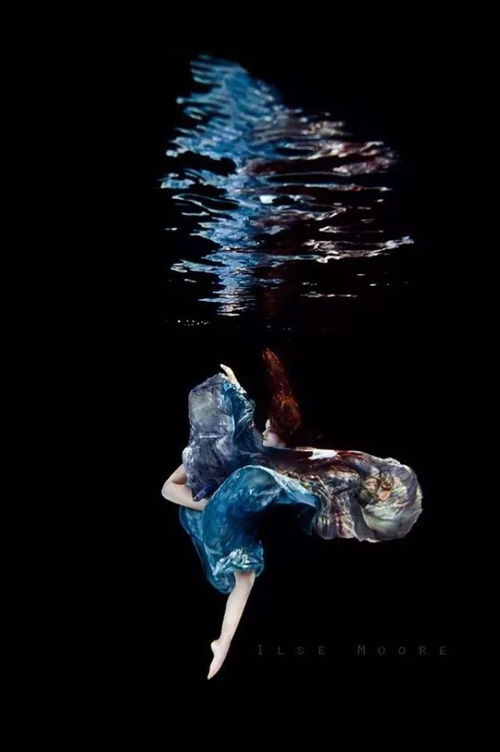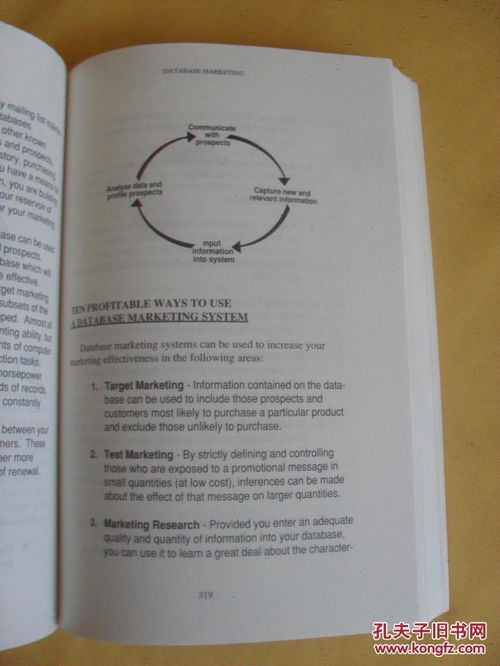Content:
When it comes to水库钓鱼(lake fishing),one of the most crucial aspects is selecting the right location. The right spot can make all the difference between a successful day on the water and a frustrating one. Here are some expert tips on how to choose the perfect location for your next fishing adventure.
Research the Lake
Before you even set foot on the lake, it's essential to do your homework. Familiarize yourself with the lake's layout, depth, and vegetation. Most lakes have maps available online or at local tackle shops. These maps can provide valuable information about underwater structures, such as rocks, logs, and weed beds, which are prime spots for fish to hide and feed.
Identify Key Features
Look for key features that attract fish. These include:
- Structure: Submerged trees, rocks, and bridges are excellent spots for fish to lurk. They provide both cover and structure for fish to spawn and feed.
- Vegetation: Aquatic plants like water lilies, cabbage, and pondweed are rich in nutrients and serve as both habitat and food source for fish.
- Shallow Water: Fish often move into shallow water to spawn or feed on insects and other small creatures. Look for areas with a gradual slope or flat bottom.
- Deep Water: In colder months, fish tend to congregate in deeper water to stay warm. Look for drop-offs or ledges where deeper water meets shallow areas.
Time of Year
The best fishing spots can vary depending on the time of year. Here's a breakdown:

- Spring: During spring, fish are often found in shallow water as they move in to spawn. Focus on areas with a lot of vegetation or structure near the shore.
- Summer: In the summer, fish may move deeper to escape the heat. Look for deep-water structures or areas with a lot of aquatic vegetation.
- Fall: As the water cools in the fall, fish will start to move back into shallower water. Look for areas with a mix of deep and shallow water, as fish will be moving between these areas.
- Winter: During the winter, fish are less active and will be found in deeper water. Focus on drop-offs and structures that are in the warmest water.
Look for Activity
Once you've identified potential spots, take a moment to observe the activity. Look for fish rising or feeding. If you see fish actively feeding, it's a good sign that the spot is productive. If you see fish lurking near the surface, it might indicate that they're spawning or preparing to spawn.
Consider the Weather
The weather can also impact where fish are located. On calm, sunny days, fish may be found in more open water. However, on windy or cloudy days, they may be closer to the shore or in deeper water to avoid the surface disturbance.
Be Patient and Flexible
Fishing is a game of patience. Sometimes, the best spot might not be where you expect it to be. Be prepared to move around and try different locations if the fish aren't biting.
Use Technology Wisely
Modern technology can be a valuable tool in selecting the perfect fishing spot. Fish finders and GPS devices can help you locate underwater structures and depth contours. However, remember that these tools are just a guide and should be used in conjunction with your own observations and experience.
Conclusion
Choosing the right spot for水库钓鱼 requires research, observation, and a bit of patience. By understanding the lake's layout, identifying key features, and considering the time of year and weather conditions, you'll be well on your way to a successful fishing trip. Remember to be flexible and willing to explore different areas, and soon you'll become a master at selecting the perfect fishing spot. Happy fishing!












